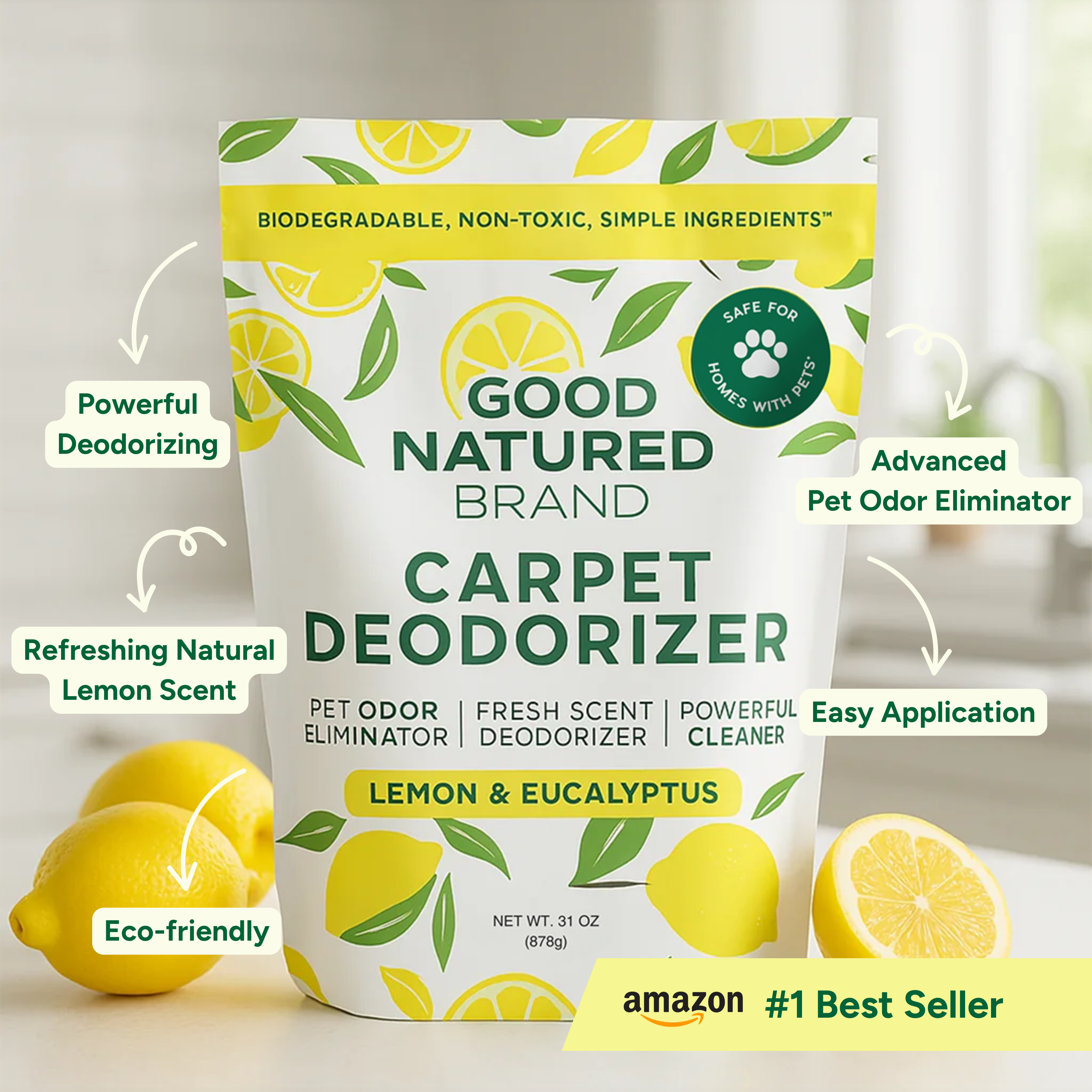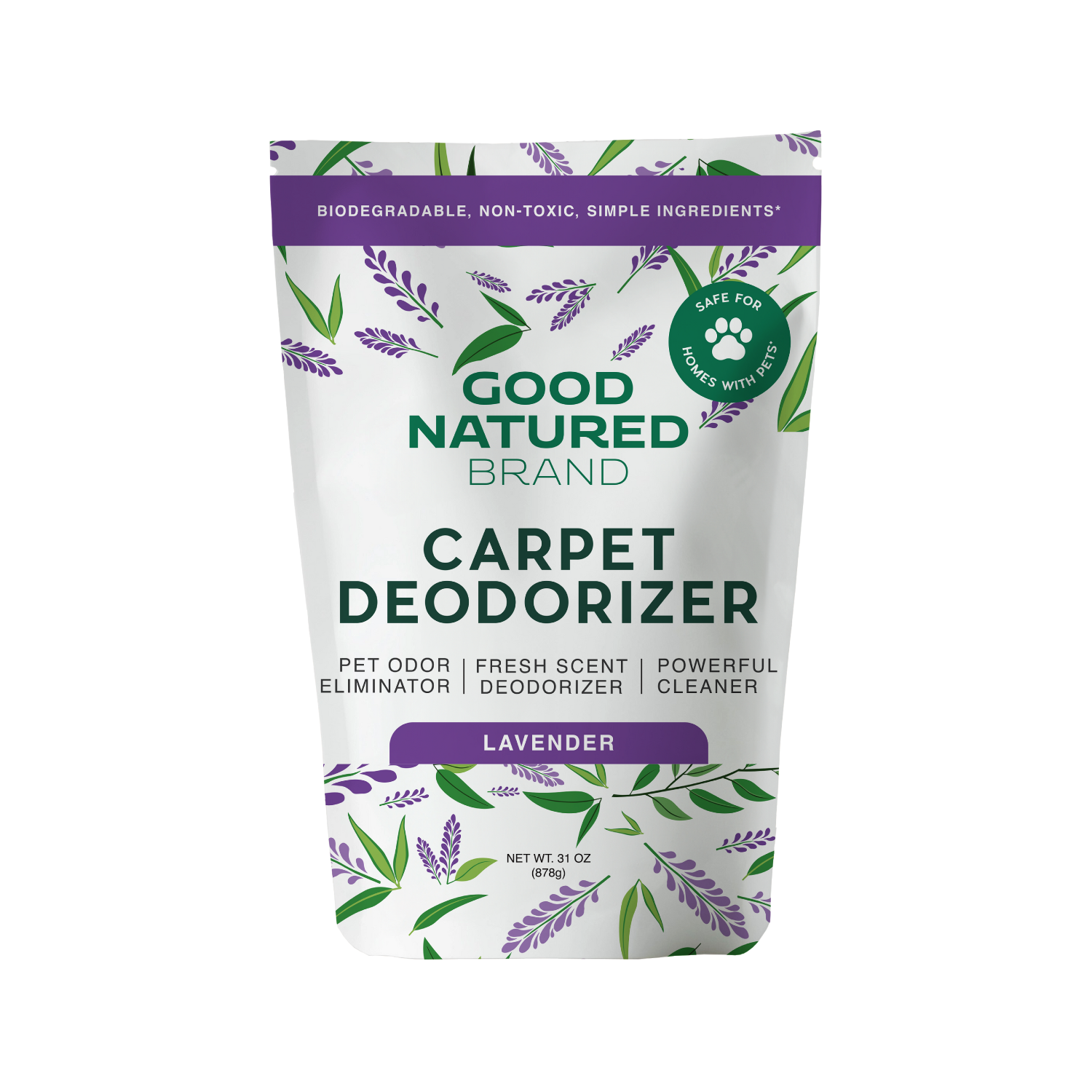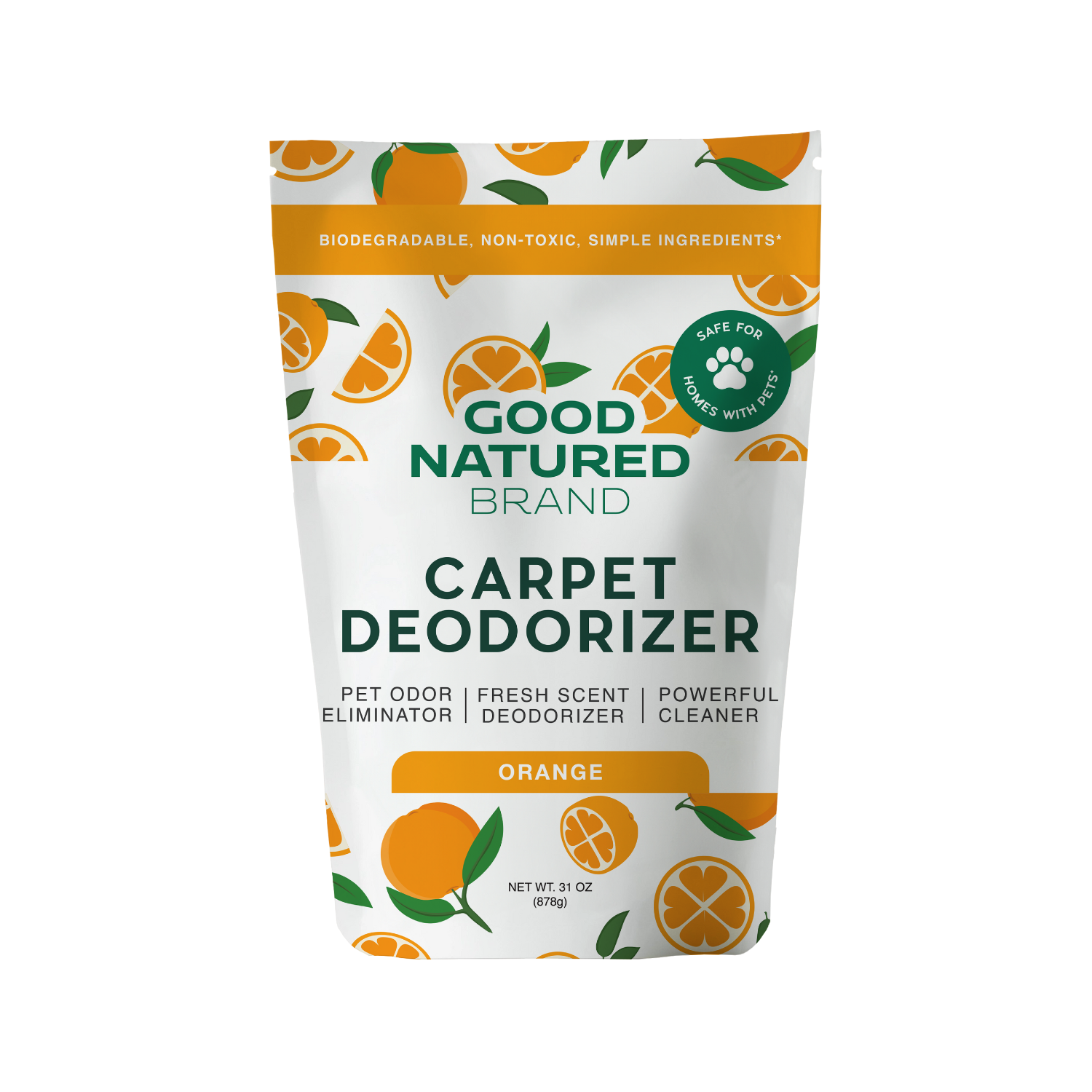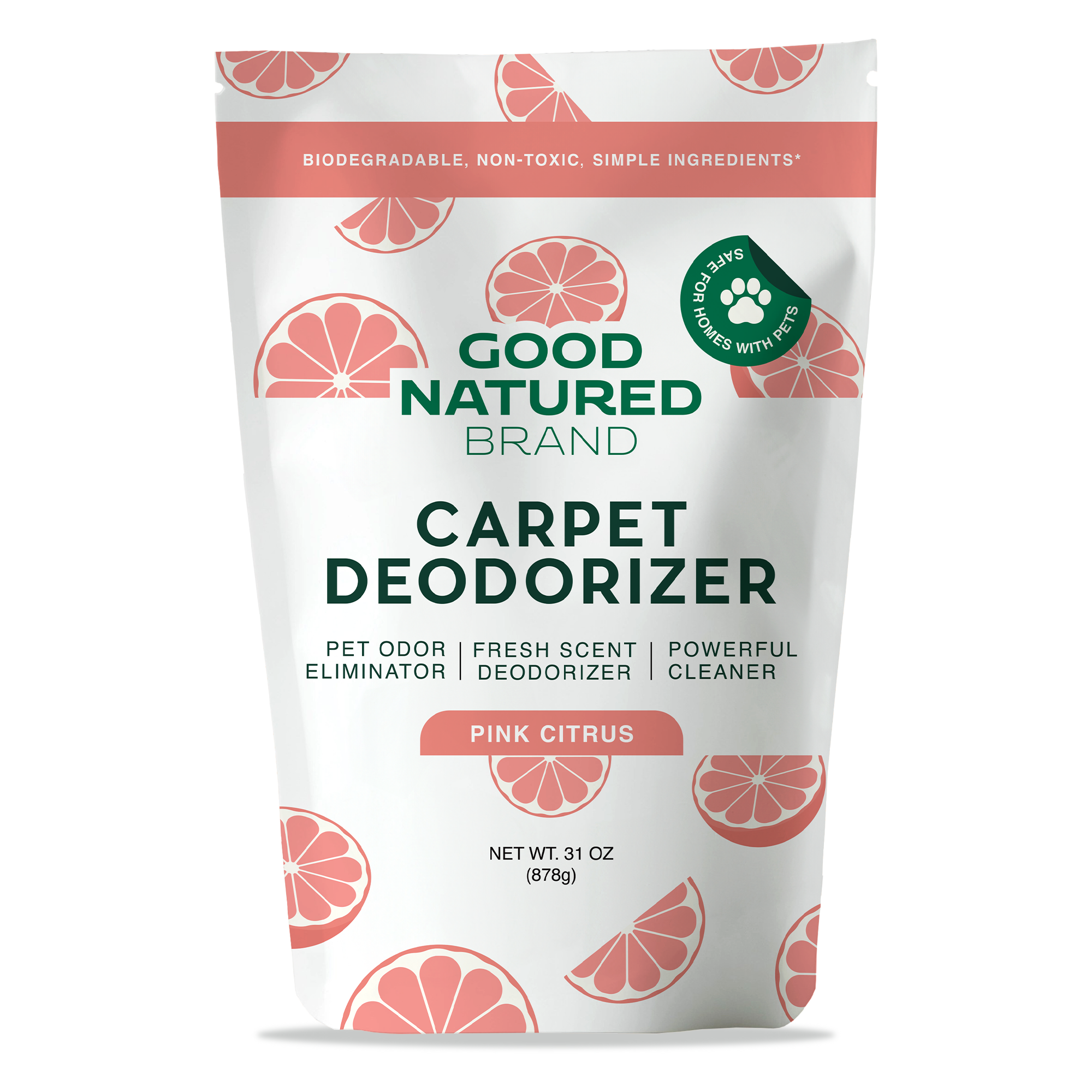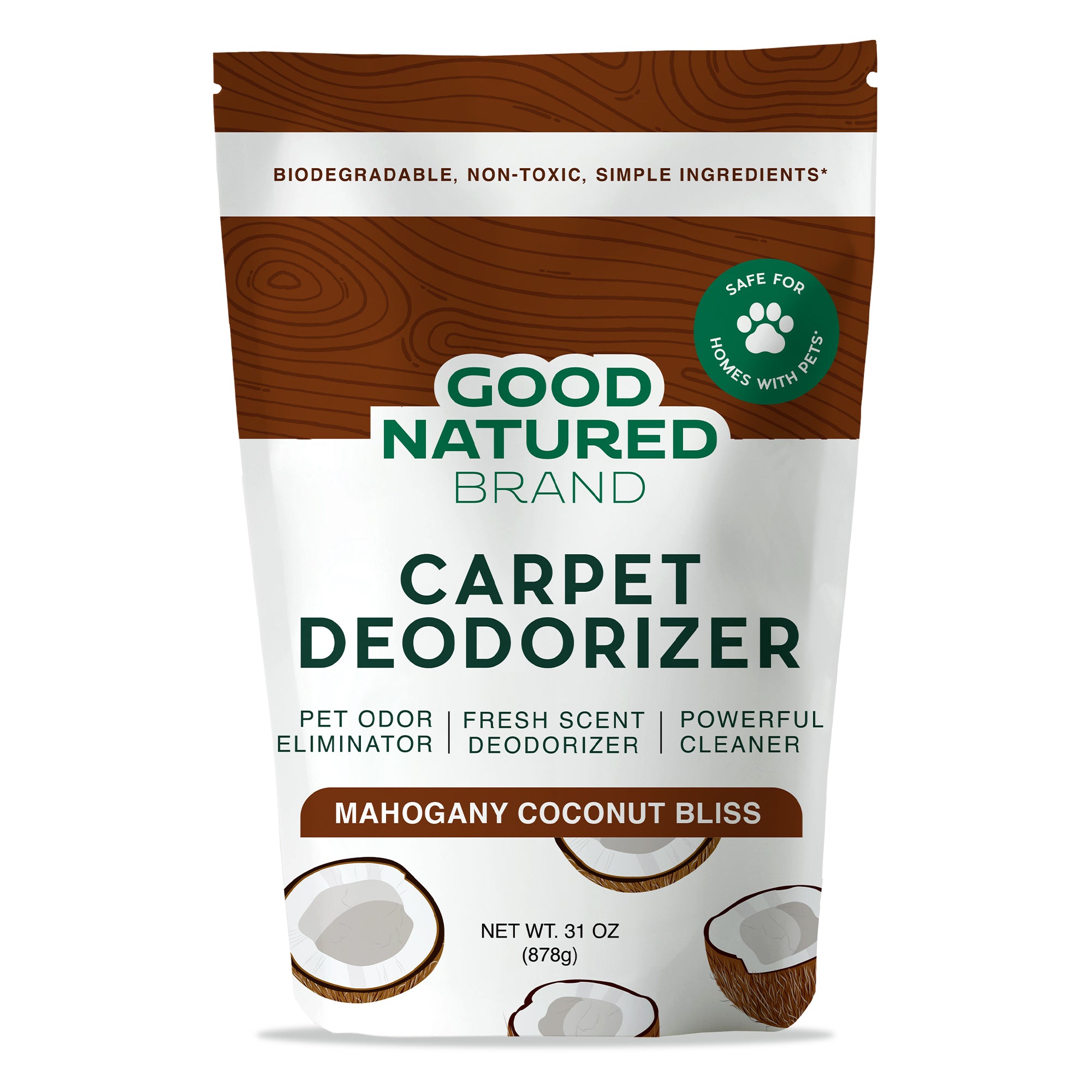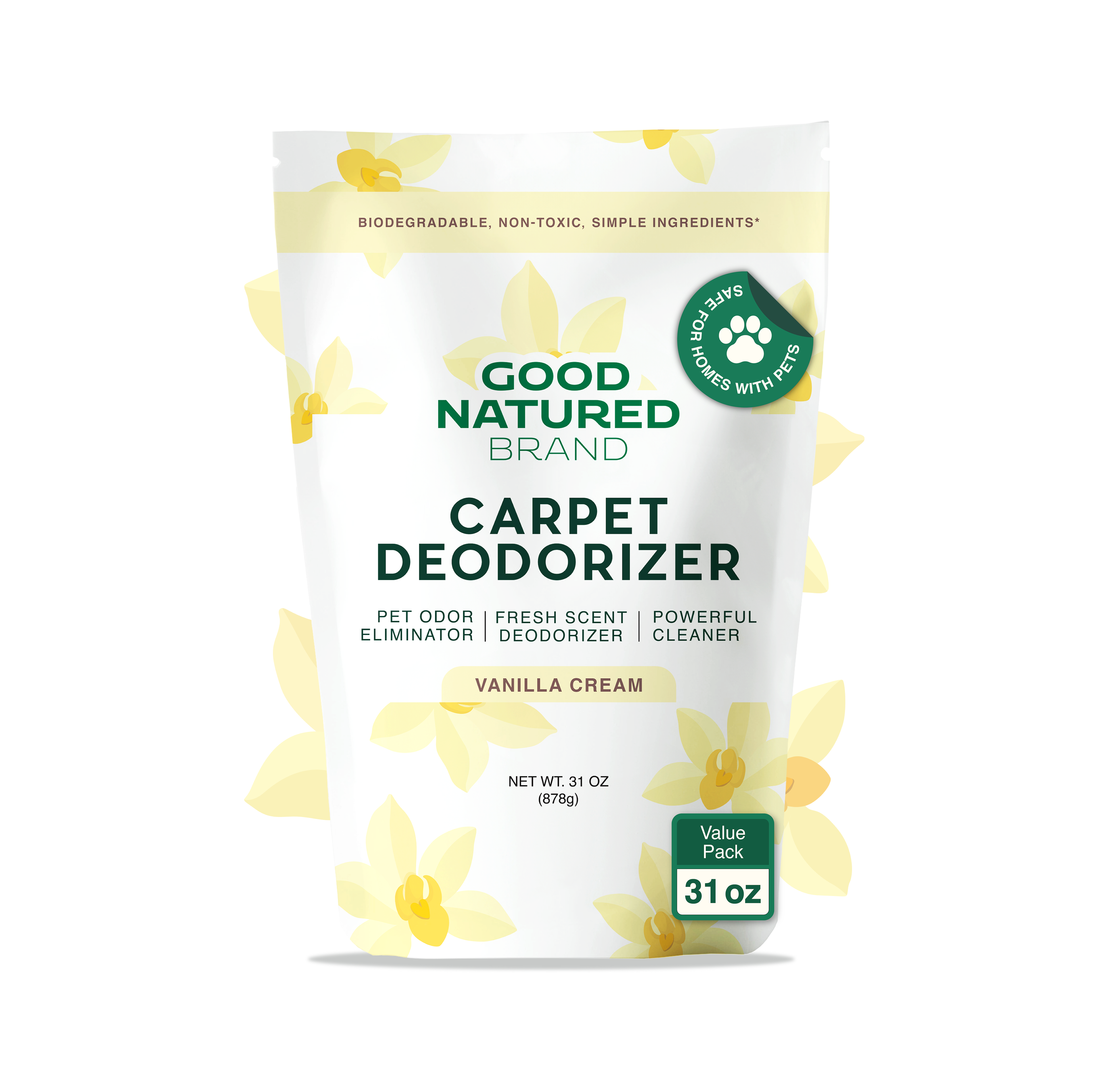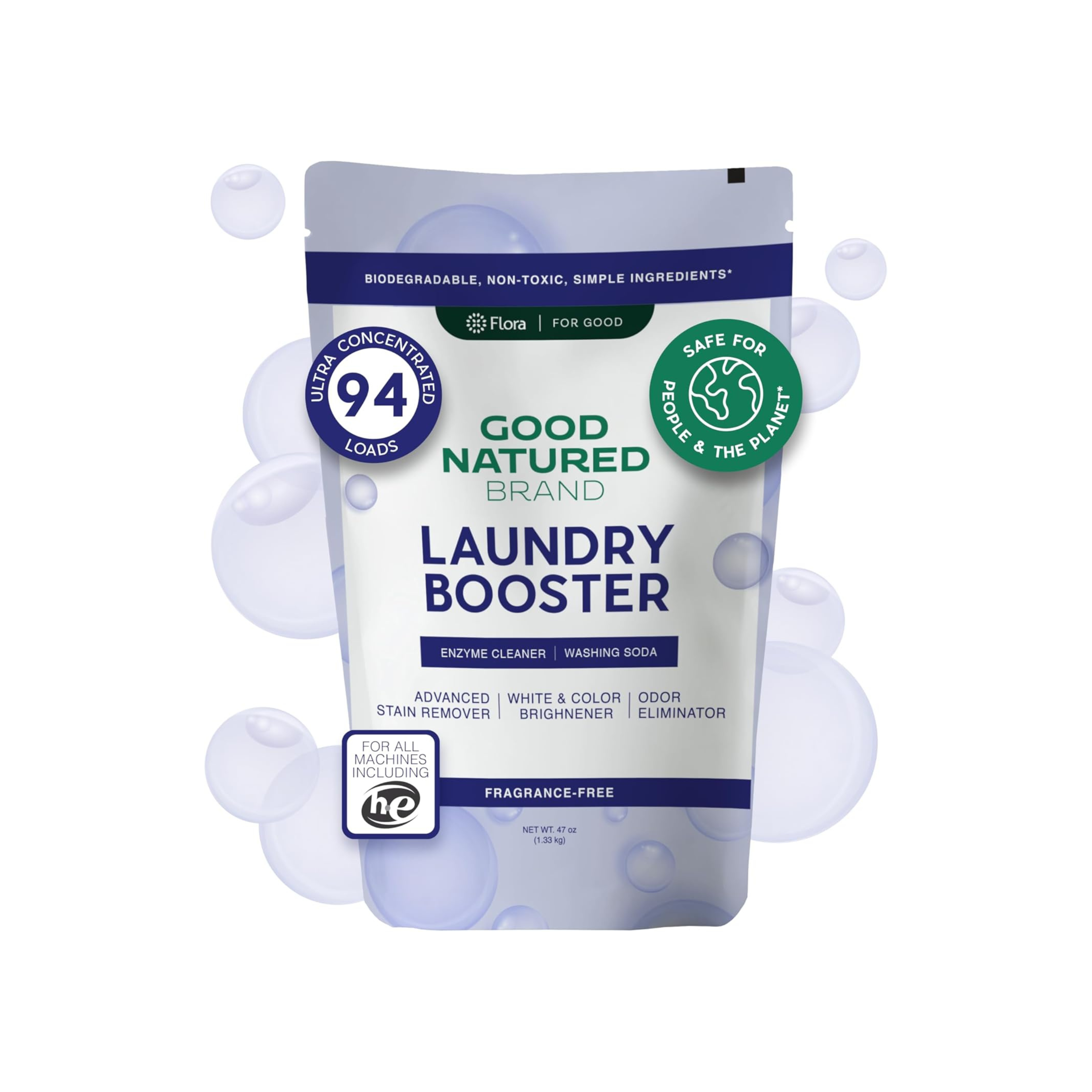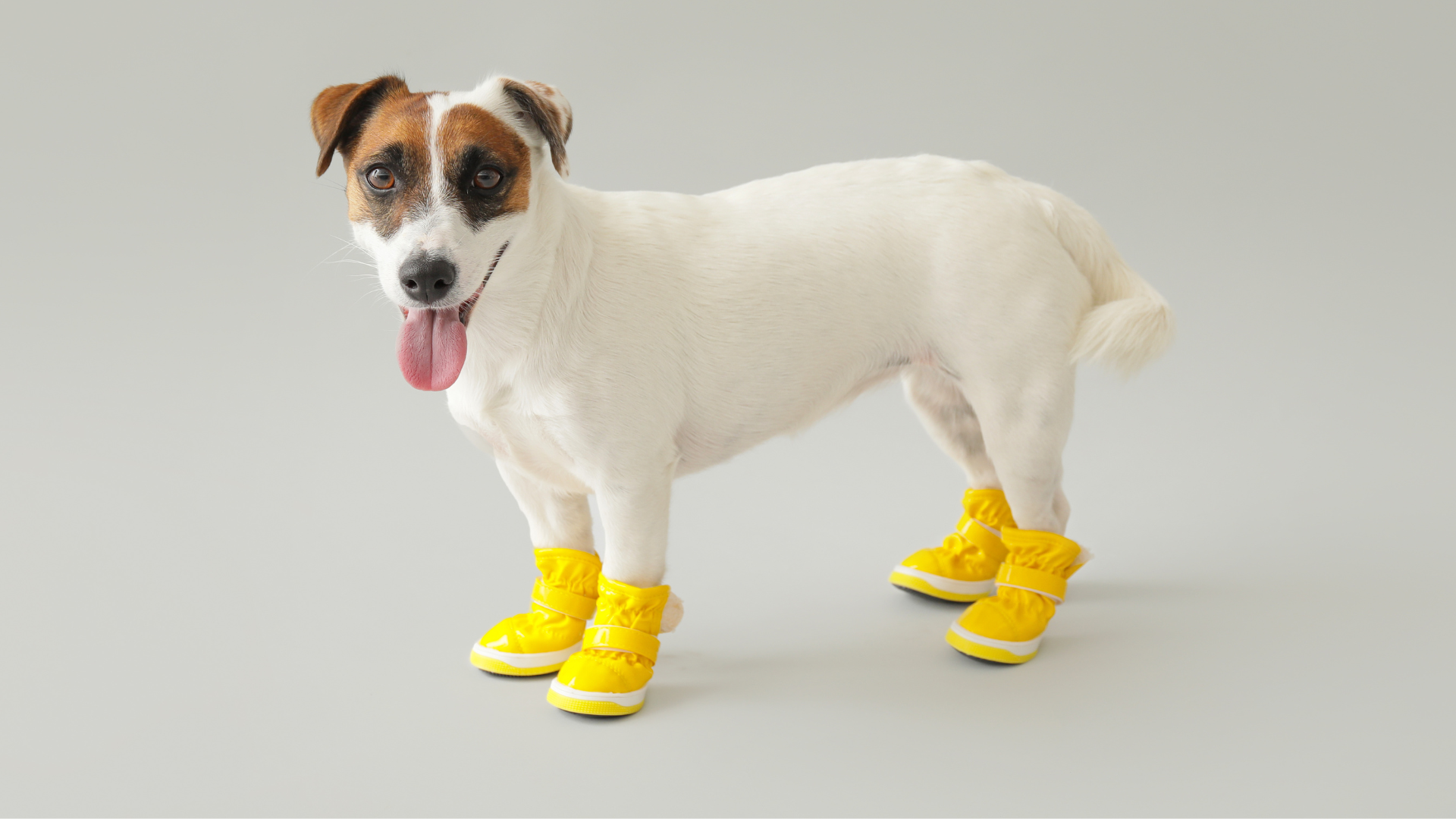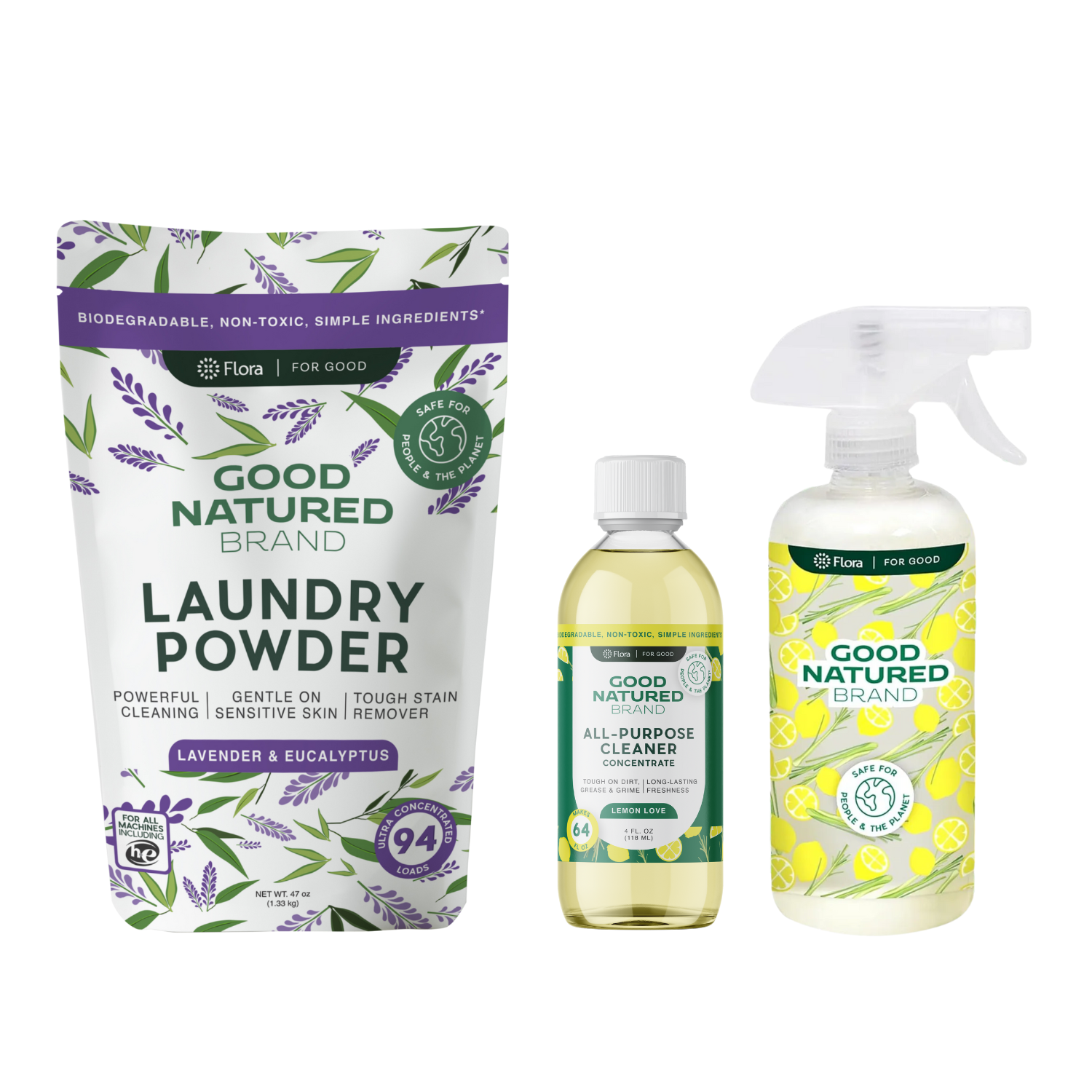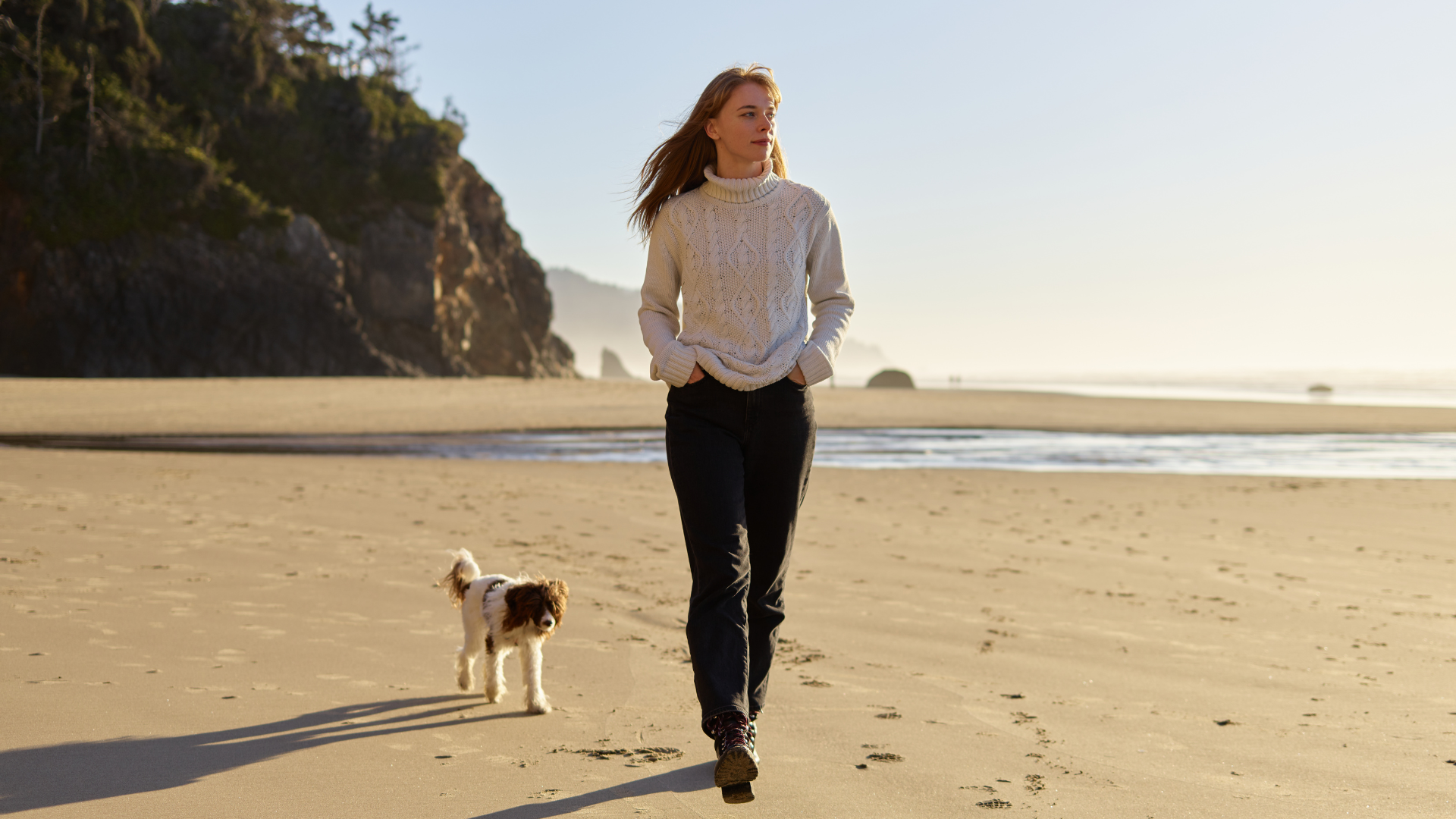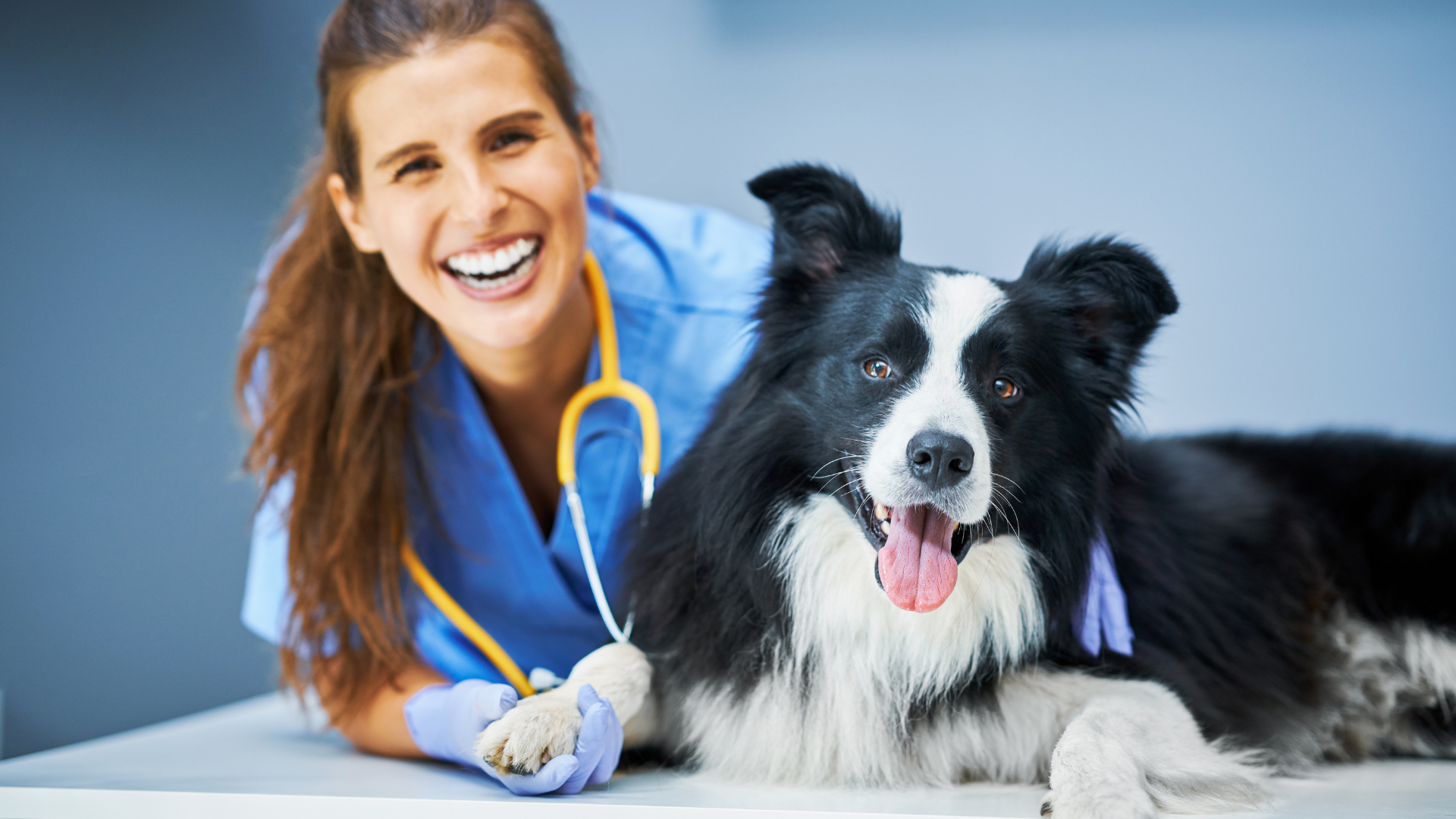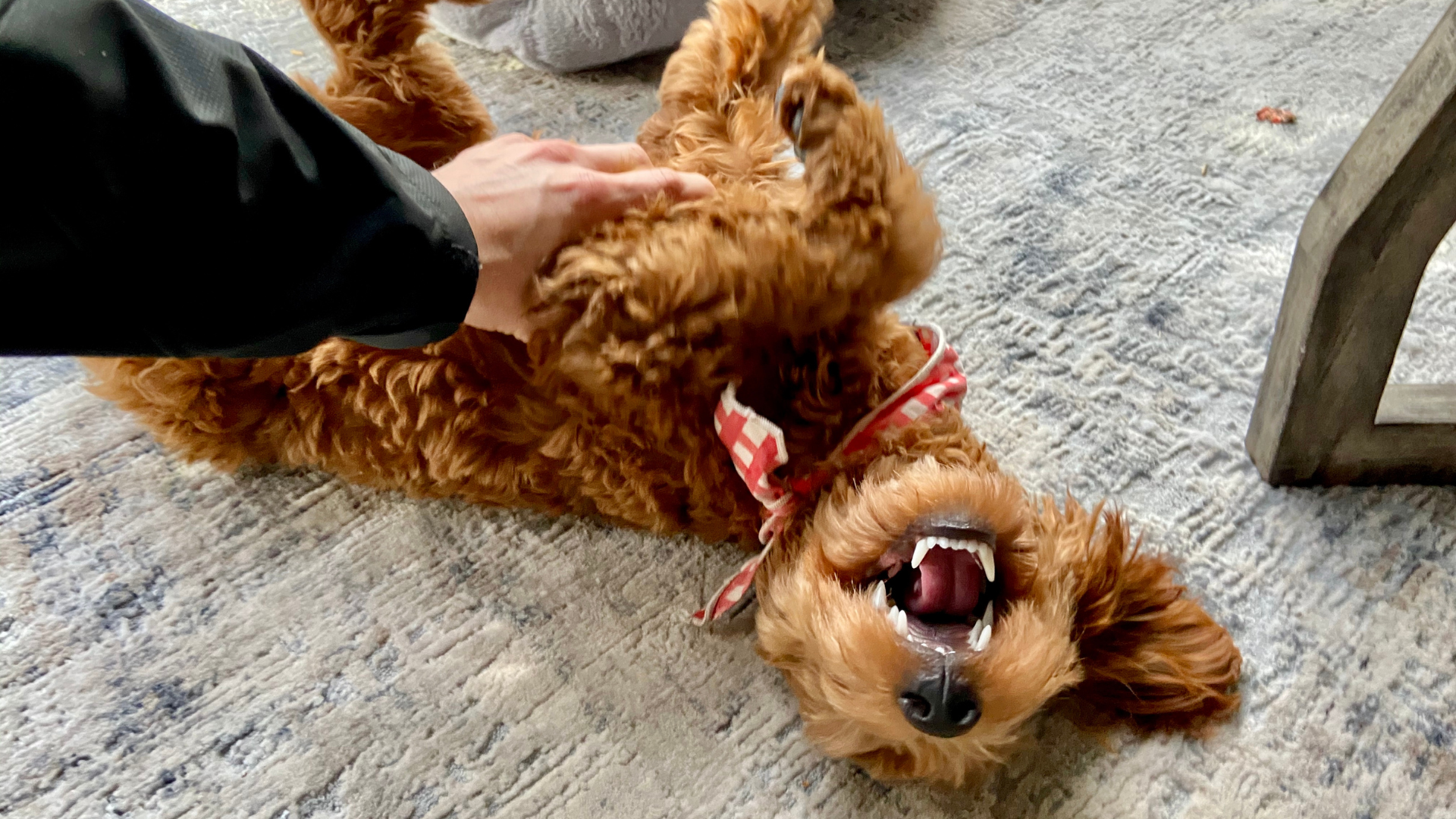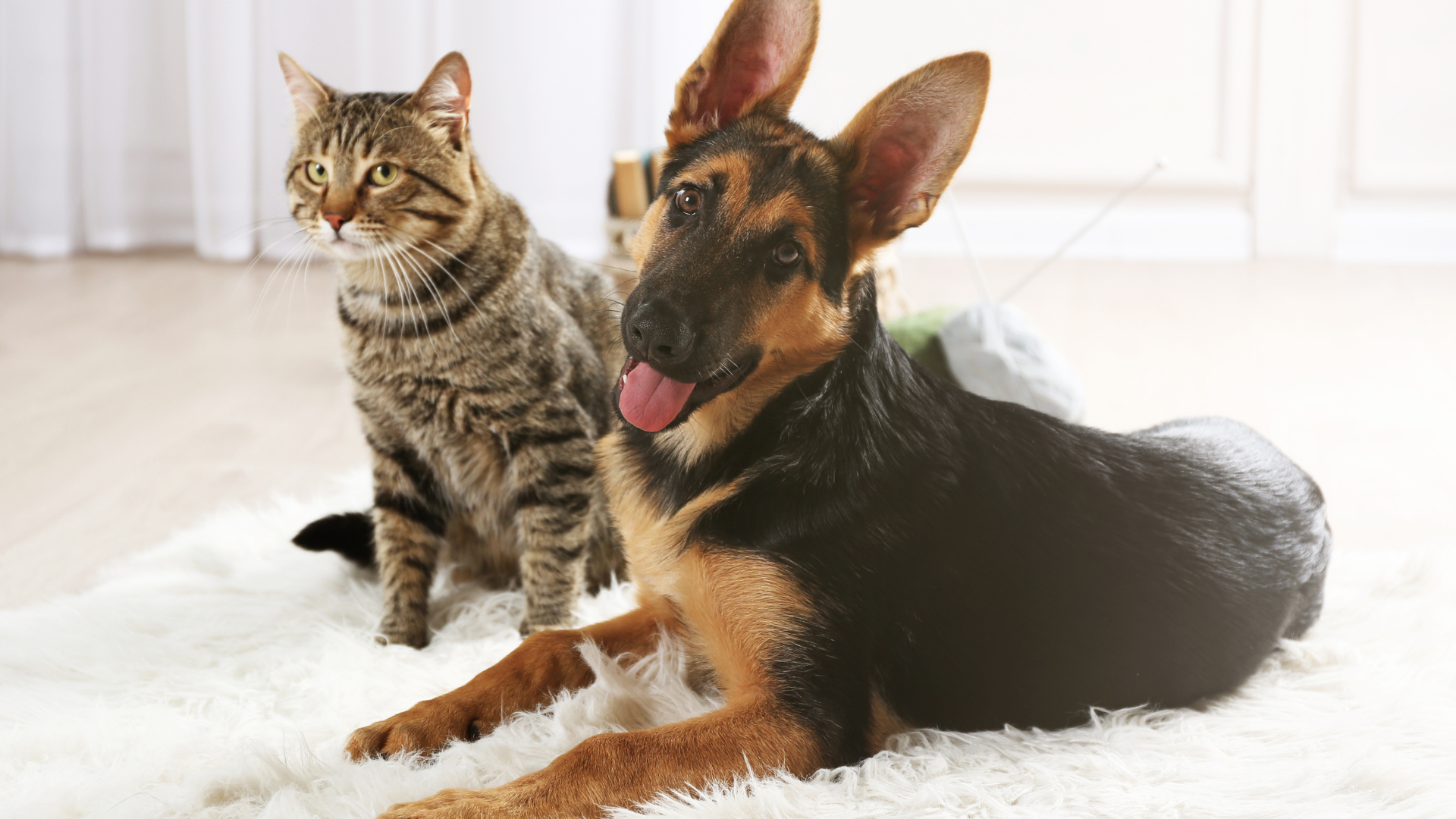Why Dogs Need Booties and How to Choose the Right Ones
The Importance of Paw Protection
Dogs use their paws for everything—walking, running, digging, exploring—and while most pet parents know to protect their dog's health with regular vet visits and good nutrition, paw protection often goes overlooked. Booties serve as an essential layer of defense between your dog’s sensitive paw pads and the rough, sometimes hazardous environments they encounter daily.
Year-Round Dangers to Dog Paws
Hot pavement is one of the most immediate dangers during the summer. Asphalt can reach temperatures upwards of 125°F on sunny days, which is hot enough to burn paw pads in under a minute. In winter, ice melt chemicals and road salt can cause dry, cracked paws, while sharp ice can lead to painful cuts.
Beyond weather, hazards like broken glass, thorns, rough gravel, and chemical-laden surfaces can all injure your dog’s feet. If your dog licks their paws after a walk, they may also ingest toxins picked up from city sidewalks or lawns.
Wearing booties prevents direct contact with these irritants, helping reduce post-walk paw washing and the spread of grime indoors. Keeping your floors clean is easier, too—especially if you use pet-safe All Purpose Cleaners to eliminate any dirt they bring in.
Health Benefits of Wearing Booties
Booties do more than just protect against burns and scrapes—they also help:
-
Prevent blisters and calluses from long hikes or rough terrain
-
Reduce paw licking caused by contact allergens or chemical irritation
-
Keep wounds or cracked pads clean and dry during healing
-
Add traction for senior dogs or those recovering from injury
For dogs that live in cities or go on daily walks, wearing booties can dramatically reduce the amount of debris tracked indoors, making them a functional part of your cleaning routine. After all, fewer muddy pawprints on the carpet means fewer deep cleans with Carpet Deodorizers.
When Should Dogs Wear Booties?
Wearing boots isn’t just for mountain dogs or show dogs. Any pup that ventures outside can benefit from booties in the right conditions.
Weather-Based Scenarios
Hot Summer Sidewalks: A common test is the “5-second rule”—if it’s too hot for your bare hand or foot, it’s too hot for your dog’s paws. Even on milder days, asphalt absorbs and retains heat more than grass or dirt.
Snow and Ice: Ice can be sharp, and de-icing salts are not only harsh on paws but toxic when licked. Booties offer a protective barrier during winter walks and can keep your dog more comfortable and safe in freezing temperatures.
Situational Use Cases
Hiking and Trails: On rocky or uneven terrain, booties shield against jagged stones and sharp sticks. Dogs who hike frequently may develop thick paw pads over time, but booties offer extra protection for occasional or urban hikers.
Beaches and Urban Walks: Sand can burn paws just like pavement, and boardwalks or parking lots are often coated in sunscreen residue, trash, or spilled food. In the city, booties act as a hygienic buffer from shared paths, food spills, and cleaning agents.
And if your dog loves flopping onto their bed after a big day out, you’ll appreciate having fewer odors and allergens clinging to paws and furniture. Regular washing of pet bedding with Laundry Powders ensures a fresh, comfortable space that’s also skin-safe for your furry friend.
How to Choose the Right Dog Booties
Not all dog booties are created equal. The right pair will depend on your dog’s size, activity level, and environment.
Types of Dog Boots and Materials
Dog booties come in a wide range of styles and materials:
-
Rubber boots: Waterproof and easy to clean, ideal for rainy days or city walks
-
Neoprene boots: Durable and flexible, often used for hiking or cold weather
-
Breathable mesh boots: Great for summer as they prevent overheating
Each material has its strengths, so consider your dog’s primary activity when choosing.
Getting the Fit Just Right
Proper fit is critical to successful dog boot training. Boots that are too tight can cause chafing, while those that are too loose can slip off or trip your pup.
To measure correctly:
-
Have your dog stand on a sheet of paper
-
Mark the width and length of each paw (including toes)
-
Compare your measurements to the boot sizing chart
Many boots offer adjustable straps to customize the fit, and some brands provide breed-specific sizing suggestions.
Features to Look For
Aside from fit and material, these features can enhance comfort and performance:
-
Non-slip soles: Improve traction on slippery floors and icy sidewalks
-
Reflective accents: Increase visibility during evening walks
-
Waterproof or water-resistant: Essential for puddles, snow, or mud
It’s a good idea to test different pairs to see what your dog tolerates best. Some dogs prefer lightweight, sock-style boots, while others do better with rugged, structured soles.
As your dog adjusts, remember to keep booties stored in a clean, dry spot. Avoid storing them near harsh cleaning chemicals, and regularly wipe down the boots using All Purpose Cleaners that are safe around pets.
Step-by-Step Dog Boot Training Without the Drama
Prepping Your Dog Mentally and Physically
Before you even slip a boot onto your dog’s paw, preparation is key. Jumping straight into wearing booties can overwhelm your dog and lead to resistance. Start with a slow introduction and treat the training like a positive, low-pressure experience.
Starting with Desensitization
Place the booties near your dog’s bed, food area, or favorite resting spot. Let them sniff, paw, or even ignore the boots for a few days without any pressure. During this phase, use high-value treats whenever your dog shows curiosity toward the booties. This builds a positive connection.
You can also wear the boots on your fingers like puppets and turn it into a fun game. The idea is to reduce anxiety and make the booties seem like just another part of your home environment.
If you’re training indoors on carpet or rugs, now’s also a great time to give the area a quick refresh. Using pet-safe Carpet Deodorizers ensures a clean, odor-free space that’s safe for your dog to explore barefoot—or booted.
Practicing Touch and Handling
Many dogs dislike having their paws handled. Practice by gently touching and holding each paw during cuddle time or after walks. Reward your dog with treats and praise each time they tolerate it.
Eventually, begin placing the boot loosely over their paw for just a second or two. Praise immediately and remove it before they get frustrated. Over time, increase the duration until they’re comfortable wearing it for longer periods.
Step-by-Step Training Guide
Successful dog boot training happens in small, intentional steps. Here’s a week-by-week plan that eases your dog into wearing all four boots confidently.
Day 1–3: Introduce and Reward
Begin with one boot. Gently put it on a front paw and immediately reward with a treat or favorite toy. Let your dog wear the boot for 30 seconds while offering praise.
Repeat several times a day. Don’t rush to all four boots—start with one until your dog seems relaxed and distracted while wearing it.
Day 4–7: Increase Duration
Once your dog is walking somewhat normally in one boot, add a second to the opposite front paw. Then try both back paws. Continue rewarding after each success.
At this stage, encourage movement by tossing a treat a few feet away or calling your dog in an excited tone. Keep the sessions short and fun.
Remember to watch for signs of discomfort—tight straps, awkward walking, or attempts to chew. Stop if needed, adjust the fit, and try again later.
Week 2+: Outdoor Walks
Now that your dog is tolerating all four boots indoors, it’s time for a short walk outside. Choose a quiet, familiar route to avoid overwhelming them.
Keep your first few walks short—5 to 10 minutes—and bring extra treats for on-the-go encouragement. Praise often and make the outing enjoyable so they associate boots with fun experiences.
Common Problems and How to Fix Them
Even with proper training, some dogs put up a fight. Here are a few common reactions and how to work through them.
The “Freeze” or “High-Step” Reaction
Many dogs respond to boots by freezing in place or doing a dramatic high-stepping walk. This is completely normal.
Encourage movement by using treats, squeaky toys, or calling your dog in a playful tone. Stay upbeat and avoid laughing, which could make them self-conscious. With time and repetition, most dogs stop noticing the boots entirely.
Boots Keep Falling Off
If your dog’s boots won’t stay on, check the fit. Are they too loose? Do the straps sit properly above the ankle? Some dogs have narrow feet or dewclaws that interfere with standard designs.
Try tightening the straps slightly or switching to a different style. Look for boots with adjustable closures, stretch cuffs, or breed-specific sizing.
It also helps to keep the area around your entryway clean and dry so your dog doesn’t slide around after putting their boots on. Wipe up spills or paw prints with natural All Purpose Cleaners to reduce slipperiness and remove chemical residues.
Dog Tries to Chew the Boots Off
Chewing is usually a sign of stress or boredom. Redirect the behavior with a chew toy, frozen treat, or short training session.
If your dog is left unsupervised in boots, only do so once they’re fully comfortable. For now, stick to brief, positive training windows.
Making Boot Time a Positive Daily Habit
To make wearing boots a consistent part of your dog’s life, incorporate them into daily routines and associate them with enjoyable activities.
Pairing Boots with Exciting Activities
Put the boots on right before a walk, trip to the park, or visit to their favorite friend’s house. This builds anticipation and reduces resistance.
Avoid using booties only during stressful times like vet visits or rainy walks. Variety helps normalize the gear and makes them part of a balanced day.
Using Praise and Scent Cues
Praise your dog during and after boot-wearing sessions. Use your happiest voice and keep the vibe light.
Some owners rub a bit of their dog’s blanket scent onto the boots or store them near their dog’s toys. Familiar smells can help comfort your dog and reduce hesitation.
For dogs that relax in their favorite corner or dog bed after walks, keeping that area clean with a gentle Laundry Powder helps prevent buildup of outdoor grime and allergens.
Keeping the Environment Clean and Comfortable
Training can be tiring—especially for sensitive dogs. After a boot session, let your dog unwind in a calm, clean space. A freshened rug with Carpet Deodorizers and wiped-down floors with All Purpose Cleaners make recovery more enjoyable for you both.
Boots are just one piece of your dog’s health and comfort puzzle. Creating a nurturing, pet-safe home environment supports the training process and strengthens the trust between you and your pup.
Long-Term Paw Health and Clean Home Habits
How to Maintain Paw Hygiene Year-Round
Training your dog to wear booties is only part of the paw protection story. Consistent paw care keeps pads healthy, prevents infection, and helps your dog stay comfortable between outdoor adventures. Make paw checks a normal part of your daily routine—just like brushing or feeding.
After walks, especially in extreme weather, inspect each paw pad and the spaces between the toes. Look for stuck gravel, plant awns, small cuts, salt residue, or discoloration. Gently wipe away debris with a soft cloth dampened in lukewarm water. If you regularly clean your entryway floors with pet-safe All Purpose Cleaners, you’ll reduce the amount of lingering sidewalk chemicals that can transfer back to paws when your dog settles indoors.
Dry thoroughly. Moist areas between toes can promote yeast overgrowth, especially in dogs with allergies. If your dog’s pads feel dry or cracked, apply a vet-approved paw balm or wax. These conditioning products create a breathable barrier that complements the physical protection of booties.
Rotate “paw wellness days” into grooming. Trim excess fur that sprouts between pads (it can mat, trap grit, and interfere with boot fit). If your dog loves sprawling across carpets after outdoor play, refreshing high-traffic pet zones with naturally derived Carpet Deodorizers helps control odor and allergens your dog might lick from their paws. Wash bedding, towels, and paw wipes frequently using gentle, fragrance-conscious Laundry Powders to keep contact fabrics clean and skin-friendly.
Cleaning Gear and Booties Properly
Booties work best—and last longer—when they’re cleaned regularly. Dirt, road salt, fertilizers, and trail grit can weaken stitching, stiffen materials, and irritate skin the next time your dog wears them.
Start by knocking off loose mud outside. Rinse the soles under cool or lukewarm water (avoid high heat, which can warp rubber). For fabric or neoprene boots, check the manufacturer’s label: some are machine-washable in a gentle cycle placed in a mesh bag; others require hand washing. When machine laundering, skip heavy detergents that leave residues; choose pet-conscious cleaning agents such as Good Natured Brand’s Laundry Powders, which rinse clean and avoid harsh synthetic scents that could bother sensitive canine noses.
Hand-wash-only boots can be cleaned in a small basin with warm water and a mild solution made with eco-friendly All Purpose Cleaners diluted per label directions. Use a soft brush (an old toothbrush works) to scrub treads and Velcro closures where grit hides. Rinse thoroughly and air-dry away from direct sunlight to preserve elasticity.
Store clean, dry boots in a breathable container near your leash station. To prevent stale smells, sprinkle the storage mat or cubby with light, pet-safe Carpet Deodorizers or launder a small cloth insert with Laundry Powders and tuck it beside the boots. Fresh gear encourages consistent use—which reinforces your dog’s training.
Keeping the House Clean With a Boot-Wearing Dog
One of the underrated perks of successful dog boot training is a cleaner home. Booties act as a first line of defense against mud, pollen, lawn chemicals, and street grime. With a few strategic habits, you can dramatically cut down on what gets tracked inside.
Set up a “boot station” by your main exit. Lay down a washable mat and keep a towel and spray bottle of diluted, pet-safe All Purpose Cleaners handy for quick wipe-downs when you remove the boots. If your dog occasionally goes out barefoot, wipe paws on return—especially in summer when pavement residues can accumulate.
Rotate and launder doormats and dog towels weekly using gentle Laundry Powders to remove allergens your pup might later lick from fur or feet. For living areas where dogs rest, especially fabric furniture and carpets that trap outdoor odors, lightly refresh with naturally sourced Carpet Deodorizers. This keeps the home smelling fresh without heavy perfumes that can overwhelm sensitive canine senses.
Booties also reduce wear on interior flooring. Grit stuck in paw fur can act like sandpaper on hardwood; keeping boots on during wet-weather returns or muddy hikes protects both paws and floors. Combine these routines with regular deep-clean guides from the Good Natured Brand Blog to build a whole-home, pet-safe cleaning system.
Tips for Summer Adventures and Hot Weather Boot Use
Summer boot use comes with special considerations: heat management, hydration, and terrain transitions. Even breathable boots can trap warmth if worn too long in extreme temperatures, so plan outings strategically.
Check pavement temperature before you head out. Press the back of your hand to the surface for five full seconds; if it’s too hot for you, it’s too hot—even with boots—for extended exposure. Choose shaded walking paths, grassy parks, or early-morning/late-evening exercise windows to protect your dog from heat stress. Bring collapsible water bowls and take breaks in shade. Remove booties periodically to let paws air out and to check for rubbing.
Sand, boardwalks, and lakefronts can hide sharp shells and fishing hooks. Boots provide a barrier, but rinse them as soon as you return—saltwater and sand crystals can stiffen fabric. A quick soak in mild solution made with All Purpose Cleaners helps dissolve residues; follow with a rinse and air-dry.
Back at home, dry off your adventure gear in a mudroom space kept fresh with Carpet Deodorizers, and toss towels or cooling bandanas in the wash with skin-friendly Laundry Powders. Seasonal adventures are more enjoyable when post-play cleanup is easy—and safe—for both pets and people.
For additional seasonal paw care guides, gear comparisons, and eco-friendly home tips, explore the Good Natured Brand Main Page and browse training and wellness posts on our Blog.
Conclusion
Successfully training your dog to wear booties doesn’t happen overnight—but with the right tools, a positive mindset, and a thoughtful routine, it’s entirely achievable. More importantly, it gives your pup lifelong protection from heat, chemicals, and injuries while keeping your home cleaner and more comfortable for everyone.
Throughout this guide, we explored the essentials of dog boot training, from choosing the right gear to step-by-step conditioning, troubleshooting common issues, and building daily habits that stick. We also highlighted the importance of paw hygiene and boot care, and how natural products like Carpet Deodorizers, Laundry Powders, and All Purpose Cleaners support both pet wellness and a clean, toxin-free environment.
Whether you’re heading into summer walks or prepping for winter roads, consider booties an essential part of your dog’s health and happiness toolkit. And for more natural home and pet care solutions, explore the Main Page or visit our Blog for seasonal guides, cleaning tips, and holistic wellness content.
With consistency and care, your pup will soon be strutting with confidence—booties and all.
FAQs
1. How long does it take to train a dog to wear booties?
Training typically takes one to two weeks with daily 5–10 minute sessions. Start with one boot, use positive reinforcement, and gradually work up to full outdoor wear.
2. What are the best booties for hot pavement?
Look for lightweight, breathable mesh or rubber booties with non-slip soles and heat-resistant materials. These options offer effective paw protection during summer.
3. My dog keeps kicking the boots off. What can I do?
This is often a fit issue or lack of desensitization. Ensure the boots are snug (but not tight) and build tolerance gradually using high-reward treats.
4. Can I wash dog boots in the laundry machine?
Some booties are machine-washable. Use a delicate cycle and pet-safe Laundry Powders to prevent skin irritation from harsh residues.
5. Are booties really necessary if my dog only walks on grass?
Even grassy areas can hide thorns, ticks, and lawn chemicals. Booties help keep paws clean and reduce exposure to allergens, especially during allergy season.
